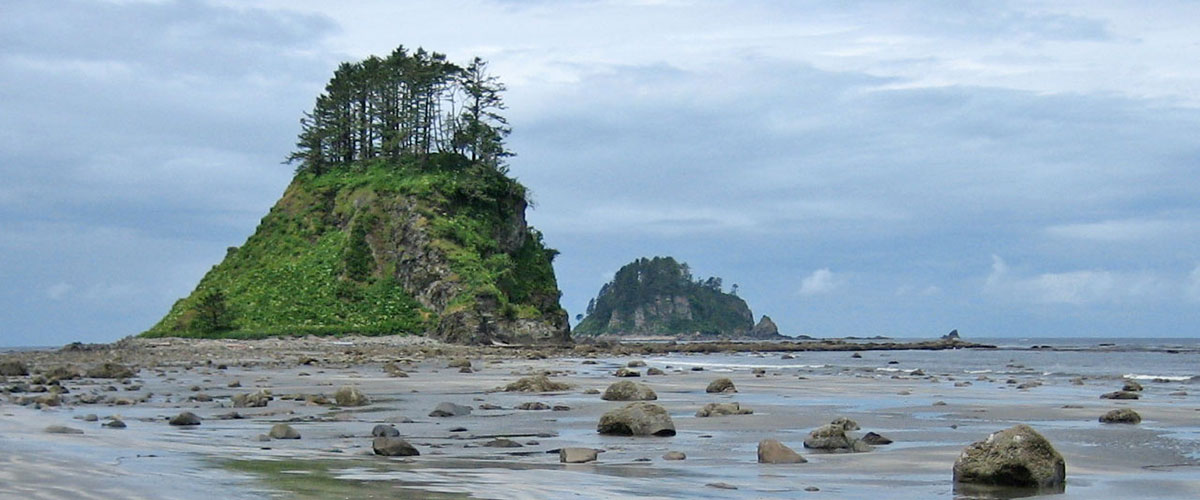Socioeconomic Research & Monitoring Program for Olympic Coast

"Socioeconomic valuation of sanctuary resources is critical to sanctuary management. Social science data are used to examine the human dimension of marine resource management; to understand consumptive and non-consumptive human use patterns; to assess economic impacts of proposed activities; and to understand the attitudes, perception and beliefs of resource users. Each of these factors is not only directly relevant to the National Marine Sanctuaries Act (NMSA) and laws such as the National Environmental Policy Act (NEPA), but is also critical to devising policies and management strategies resulting in ecological, social, and economic resilience." (Olympic Coast National Marine Sanctuary Management Plan, 2011)
Background
Socioeconomic research and monitoring was identified as a priority in the 2011 Olympic Coast National Marine Sanctuary (OCNMS) Management Plan Revision. An action plan entitled Socioeconomic Value of Resources in the Sanctuary was prepared based on public scoping comments, a workshop and recommendations by the OCNMS Advisory Council.
With improved information about the socioeconomic values of resources in the sanctuary, more detailed understanding of what human uses are occurring in the sanctuary, and clearer understanding of what human uses might be proposed in the sanctuary, OCNMS will be better equipped to make sound management decisions. Moreover, ecosystem-based management frameworks require management agencies to consider humans and human uses as part of ecosystems. To develop an ecosystem-based management framework, OCNMS needs to develop a better understanding of socioeconomics and human uses in the sanctuary.
Although little is currently known about the direct uses of the sanctuary, a socioeconomic research & monitoring plan is underway to begin to understand those uses.
Study Area Profile
The first step in this effort is completion a "Study Area Profile" which provides the basis of analyses to establish the dependencies of local communities/economies on uses of resources in the sanctuary and for assessing how people can adapt to or mitigate policy/management changes that may impact their use patterns. The "Study Area Profile" is updated with 2010 data from the U.S. Department of Commerce Census Bureau and Bureau of Economic Analysis and the U.S. Department of Labor, Bureau of Labor Statistics. Demographic and economic profiles are included by county.

